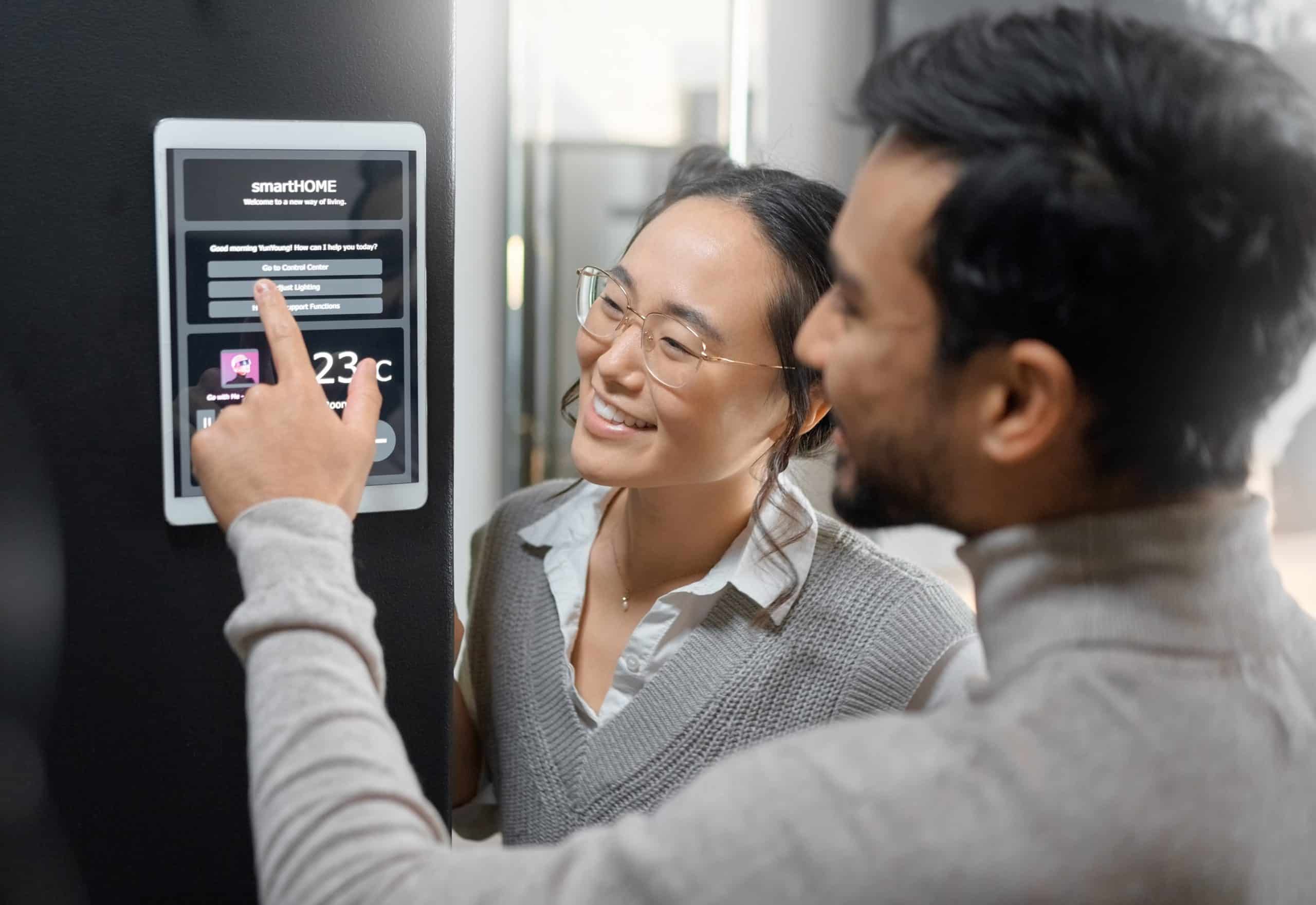What’s the Best Way to Enhance Your Car’s Passive Safety Features for Added Protection?

In the world of automotive technology, safety is a paramount concern. As a car owner, you’re always thinking about how to ensure the safety of yourself and your loved ones on the road. Passive safety features in your car are those designed to protect its occupants from injury in case of a crash or accident. These features help reduce the likelihood of serious injury or even fatality during a collision. But what exactly are these features, and how can you enhance them for added security? Let’s dive into details.
Understanding Passive Safety Features
Before we discuss how to enhance these features, it’s crucial to understand what they are. Passive safety features in vehicles work without any action required by the driver. They’re always at play, ready to protect you when an accident occurs.
A lire en complément : Can the Addition of a Front Strut Brace Significantly Improve Your Car’s Front-End Stability?
Passive safety systems are integrated into your vehicle during its manufacturing process. They include elements such as seat belts, airbags, crumple zones, and safety cell construction. Each of these systems is designed to minimize the impact of a crash on the vehicle’s occupants.
For example, seat belts restrain occupants to prevent them from being ejected from the car during an accident. Airbags work in tandem with seat belts, cushioning the impact and reducing the risk of injury to the driver and passengers. Crumple zones absorb the energy of the collision to slow down the vehicle progressively, while the safety cell protects the passenger compartment from being deformed.
Avez-vous vu cela : Can Installing a Short Shifter Provide More Precise and Quicker Gear Changes?
How to Enhance Seat Belts for Better Protection
Seat belts are among the most important safety features in your vehicle. They hold the driver and passengers in place during a crash, reducing the risk of hitting the interior parts of the car or being ejected out.
To enhance the efficiency of your seat belts, you can consider getting seat belt adjusters. These devices allow you to adjust the belt’s positioning according to the user’s height, ensuring that the belt crosses the chest and hips at the right points. This can significantly reduce the risk of injury during a crash.
Moreover, make sure your seat belts are always in good condition. Regularly check them for any signs of wear and tear. If you notice any fraying, cuts, or other damage, have them replaced immediately by a professional.
Upgrading Airbag Systems for Optimal Safety
Airbags play a crucial role in protecting occupants from serious injuries during a collision. They’re designed to deploy in a fraction of a second, providing a cushion that helps absorb the shock of the sudden deceleration.
To enhance your car’s airbag system, you might consider getting additional airbags. While front airbags are a standard feature in all cars, many vehicles also come with side and curtain airbags that protect occupants during side-impact crashes and rollover accidents. If your vehicle doesn’t have these, it’s worth considering adding them for extra protection.
Another way to enhance your airbag systems is to ensure they’re always in working condition. Regularly check the airbag warning light on your dashboard. If it stays on after you start the car, it means the system has detected a problem and your airbags may not deploy in a crash. In such a case, get your vehicle checked by a professional immediately.
Enhancing Crumple Zones and Safety Cells
Every vehicle is designed with crumple zones and a safety cell to absorb the impact of a collision and protect the occupants. These are integral parts of your car’s structure and are, therefore, difficult to enhance or modify.
However, you can ensure their effectiveness by avoiding any modifications that could compromise the integrity of the vehicle’s structure. Always consult with a professional before making any substantial changes to your vehicle’s body. Additionally, regular maintenance and inspections can help detect and fix any structural issues that could affect these safety features.
The Role of Regular Maintenance and Inspections
Lastly, regular maintenance and inspections are vital to enhancing your car’s passive safety features. This ensures all systems are functioning correctly and can do their job when needed.
Ensure your vehicle is regularly serviced according to the manufacturer’s recommendations. Regular inspections by a professional can help identify any issues with the safety systems before they become significant problems. This includes checking seat belts for wear and tear, inspecting airbag systems, and examining the vehicle’s structure for any signs of damage or corrosion.
As a car owner, your safety and that of your passengers should always be a top priority. Understanding your vehicle’s passive safety features and ensuring they’re in optimal condition can go a long way in protecting you on the road. By taking these steps to enhance these features, you can enjoy peace of mind knowing that you’ve done your part to ensure a safe journey.
Incorporating Advanced Safety Functions for Enhanced Protection
In addition to the traditional passive safety features, a proliferation of advanced safety technologies now offers an extra layer of protection. These advanced safety functions, although technically classified as active safety systems, work concurrently with passive safety to provide a comprehensive approach to vehicle safety.
For instance, Electronic Stability Control (ESC) has been a significant advancement in safety technology. This system detects and reduces loss of traction, improving the car’s stability. While ESC doesn’t directly enhance passive safety, it indirectly affects it by helping prevent crashes, thus complementing the passive safety system.
Brake Assist is another active safety function that can enhance the effectiveness of the vehicle’s passive safety features. Brake Assist senses emergency braking by detecting the speed or force at which the driver hits the brake pedal and instantly applies maximum available power boost. This helps decrease stopping distance, thus potentially reducing the severity of a collision.
Investing in advanced safety functions such as ESC and Brake Assist can contribute significantly to the overall safety of your car. It’s always advisable to talk to a professional or your car manufacturer to understand what advanced safety features are available and suitable for your vehicle.
Harnessing Car Safety Technologies for Optimal Safety
The rapid advancement in car safety technologies offers another avenue to enhance your vehicle’s passive safety features. These technologies range from systems that warn you of potential hazards to those that can take control of the vehicle to prevent an accident.
For example, Blind Spot Detection Systems alert you when another vehicle enters your blind spot, helping you avoid potential collisions. Adaptive Cruise Control adjusts your speed to maintain a safe distance from the car ahead, while Emergency Braking Systems automatically apply the brakes when they detect a potential collision.
These technologies are often available as optional extras when buying a new car. If your vehicle doesn’t have them, you can consider getting them installed by a professional. Keep in mind, though, that while these technologies can enhance safety, they should not replace safe driving habits. Always stay alert and maintain control of your vehicle.
Conclusion
Enhancing your car’s passive safety features can significantly increase your protection on the road. From upgrading your seat belts and airbag systems to incorporating advanced safety functions and harnessing car safety technologies, there are several ways to improve your vehicle’s safety systems.
Regular maintenance and inspections play a critical role in ensuring the efficacy of these safety features. It’s crucial to have your vehicle inspected by a professional regularly to keep it in optimal condition.
Remember, while safety technology continues to advance, it should not replace safe driving habits. Always stay alert on the road, adhere to traffic rules, and keep your vehicle in good condition. After all, your safety and that of your passengers should always be a top priority.
With a better understanding of passive safety features and how to enhance them, you can enjoy peace of mind knowing that you’re doing your part to ensure a safe journey.
